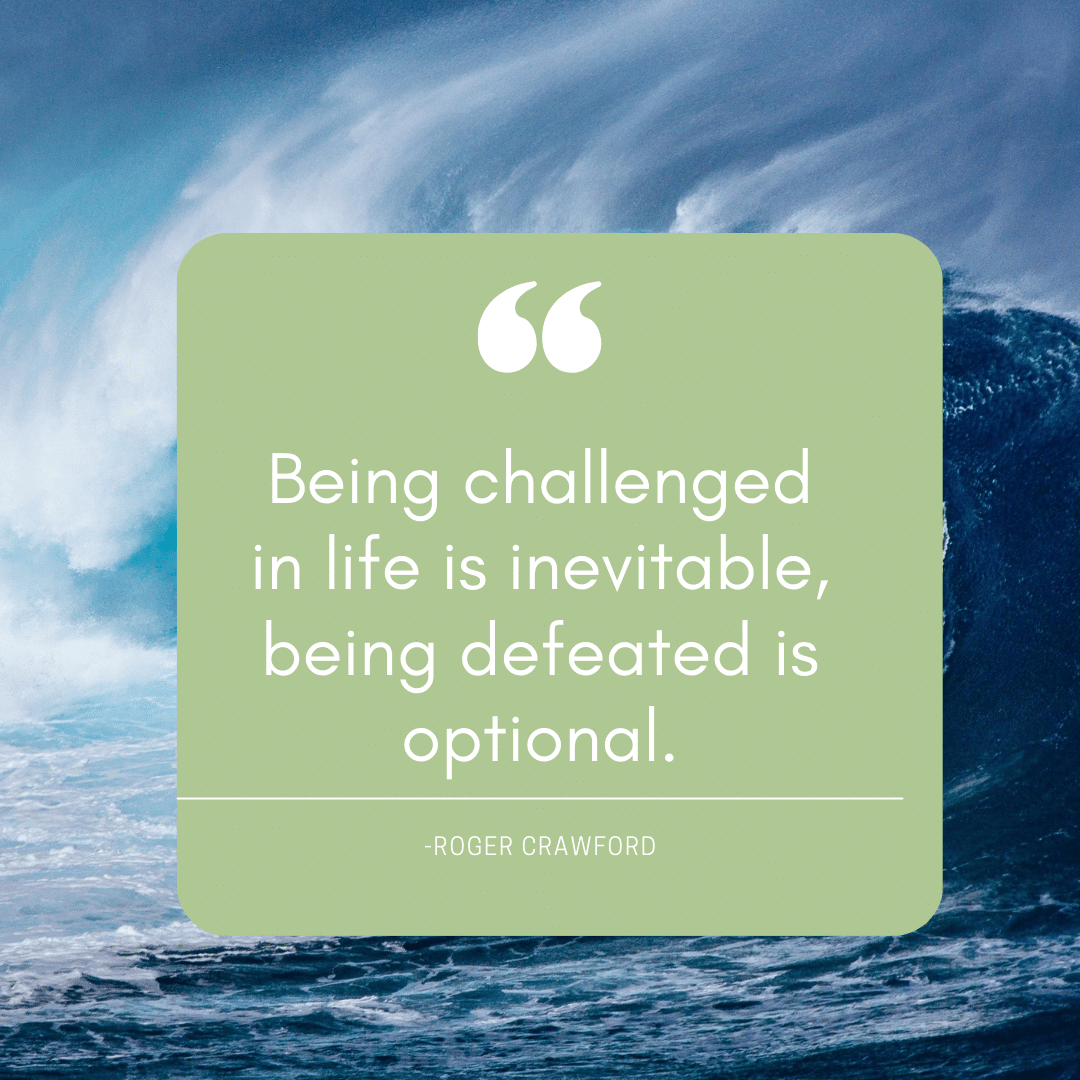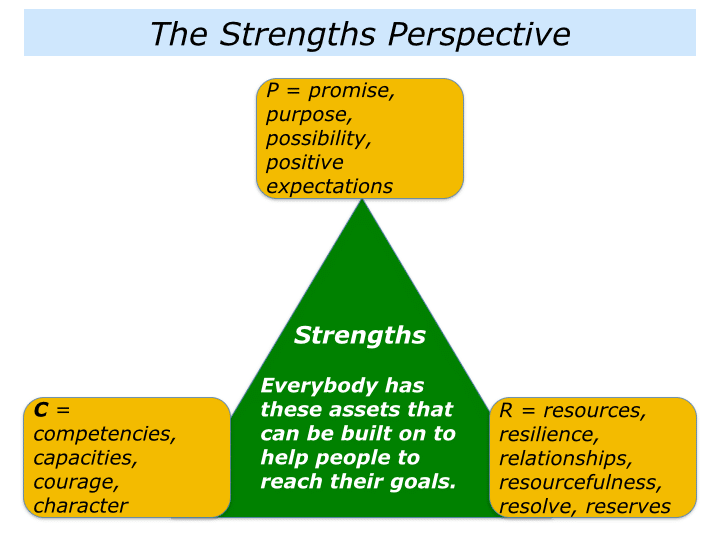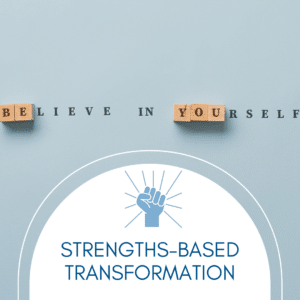Strengths-Based Transformation
By Jennifer Mullen, Saranam Program Director
“All humans, somewhere within, have the urge to be heroic; to transcend circumstances, to develop one’s powers, to overcome adversity, to stand up and be counted.” -Dennis Saleebey
 Saranam’s mission is “to empower families to end their homelessness and poverty through housing, education, and supportive communities.” One of the most effective ways we empower Saranam families is to use a strengths-based approach in all aspects of our programming. This approach focuses on each individual’s capabilities rather than their weaknesses. Our students are encouraged to identify and reflect on their strengths and skills, which leads them to a deeper understanding of their abilities.
Saranam’s mission is “to empower families to end their homelessness and poverty through housing, education, and supportive communities.” One of the most effective ways we empower Saranam families is to use a strengths-based approach in all aspects of our programming. This approach focuses on each individual’s capabilities rather than their weaknesses. Our students are encouraged to identify and reflect on their strengths and skills, which leads them to a deeper understanding of their abilities.
“It was through my experience being homeless that I uncovered strengths I had forgotten I had, like courage, perseverance, and resilience. And it was only when I found my home at Saranam that I truly began to love myself again.”- Saranam family
Why is a strengths-based approach effective?

In case management, using a strengths-based approach helps to build a trusting and collaborative relationship with each family. It also provides a framework for a more holistic understanding of their needs and circumstances, considering strengths alongside challenges. As each family gains greater insight and understanding of their skills and resources, they work with their case manager to identify individualized solutions to problems. All combined, Saranam families enhance their sense of agency and self-efficacy in problem solving and achieving goals, leading to more effective outcomes.
Improving Educational Outcomes Through Growth Mindset
It does not take long to see the benefits of using a strengths-based approach in our educational classes. This approach cultivates a growth mindset by teaching students to see challenges as opportunities for growth and development, rather than as obstacles. Emphasizing strengths also creates a supportive and positive atmosphere where students feel valued and capable. We see our students’ confidence and motivation increase when they identify what they do well and have educational successes.
“I uncovered countless resources in a community of support. I benefited from the education programs (writing, algebra, parenting, etc.) all these people motivate me, teach me how to mindset and goal setting. I will always be grateful for all the tools the instructors from Saranam provided me to get ready for college.” -Saranam family
Growing Together

A strengths-based approach not only enhances individual and family well-being, it also has the power to improve a group – something we see on a daily basis in the Saranam community. As our families learn to recognize their individual strengths, they bring these strengths and skills to their relationships with other Saranam families. They value and appreciate each other, which contributes to their sense of belonging and pride as a member of Saranam. Our families encourage each other through difficult times and leverage their diverse strengths to work together to accomplish common goals.
“We were all in a class together during the day where our strengths as well as our weaknesses were exposed. However, we were able to enhance our strengths by finding the talents of each individual in various life areas. For example, one of us became the master chef, one had a huge vocabulary, one became an expert proofreader, and another gave us wisdom and helped us work through conflict by adding common sense.”- Saranam family
Creating a Legacy of Success
Using a strengths-based approach at Saranam empowers each family to build upon their existing strengths so that they can learn, grow, overcome obstacles, and create a legacy of stability and success for themselves and their children.
“In Saranam I found out what I am capable of and to not give up! Saranam had everything I needed.”- Saranam family

